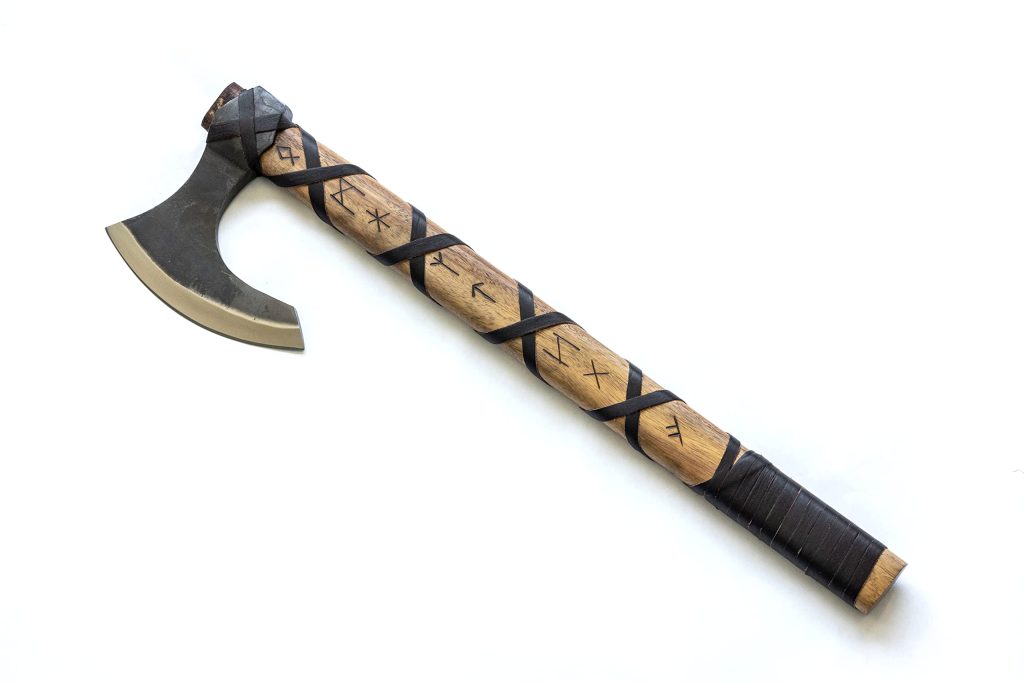Viking battle axes keep a notable area in the history and mythology in the Norse people. These weapons have been not just resources for combat; they depicted the strength, expertise, and ferocity from the Viking warriors. To actually fully grasp the necessity of Viking battle axes, it is important to discover various factors that play a role in their historical significance and usefulness about the battleground. For starters, the design of Viking battle axes enjoyed a crucial role with their performance. These axes generally showcased an individual-edged, metal or metallic blade by using a curved form. The curved blade permitted for deep, overwhelming slashes, whilst the one benefit facilitated swift and accurate hits. The very long manage, normally manufactured from tough hardwood, provided the Viking warriors with the leveraging required to make potent swings. However, the balance was achieved through making take care of for a longer time, permitting the warrior to wield weapon with control and agility.

Additionally, the quality displayed in the creation of Viking battle axes was exceptional. Competent blacksmiths meticulously forged these weapons, utilizing traditional methods that concerned home heating the metal or metal and shaping it with hammers. The resulting axes were resilient, reputable, and able to withstanding the rigors of extreme battle. The quality of the design also different based on the position and lot of the Viking warrior, together with the most esteemed axes presenting elaborate engravings and ornamental aspects. The extra weight and equilibrium of Viking battle axes have been carefully considered. The axe heads were bulkier compared to those of other modern day weapons, allowing for higher stunning power. This balance was important in combat, because it allowed the Viking warriors to swiftly modify their attack course, or deliver destructive happens with preciseness. In addition, Viking battle axes were flexible weapons which can be utilized in various combat scenarios. When they were employed in combat, design allowed for successful use in various circumstances.
The very long take care of empowered warriors to throw the axes at foes coming from a range, triggering substantial damage well before engaging in hands-to-fingers combat. In addition, the axe heads usually featured a little increase on the complete opposite area, offering the selection for thrusting episodes, especially valuable against armored competitors. The cultural and symbolic importance of Viking battle axes must not be neglected. These weapons were not merely instruments of war; they embodied the Viking warrior ethos. A battle axe was really an icon of potential and social reputation. It symbolized a warrior’s power and prowess about the battlefield, in addition to their loyalty on their clan or director. The Hacha vikinga had been decorated with intricate carvings and engravings, depicting mythical animals, Norse gods, or substantial activities from Viking mythology, further emphasizing their ethnic relevance. These days, Viking axes stand as enduring symbols from the Viking warrior soul and continue to charm imagination with historical and mythological associations.